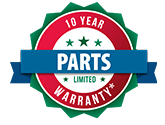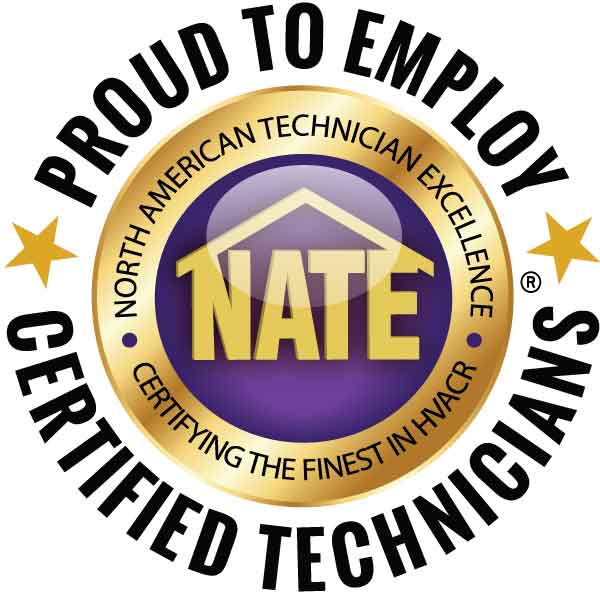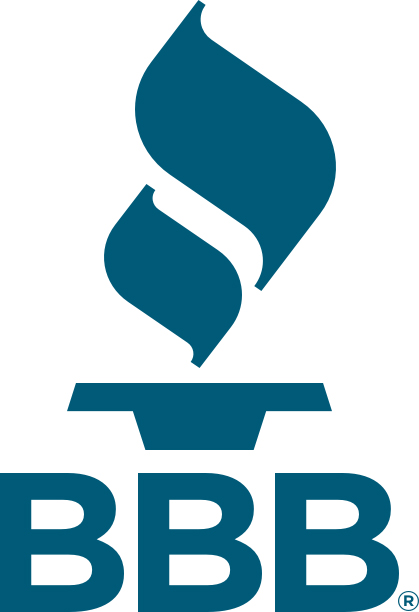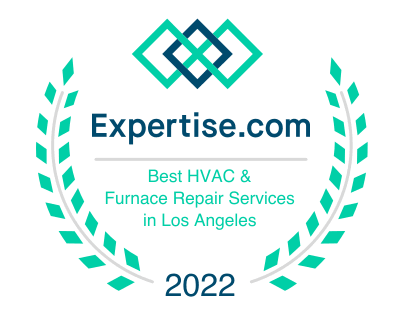
The A2L Federal Refrigerant Mandate is shaping the future of home HVAC systems. If you’re a homeowner, you might be wondering how this mandate will affect you. The good news is that while the changes may seem complex, understanding the implications can help you make informed decisions about your HVAC system, upgrades, and potential savings.
This post will focus on what homeowners need to know, from upcoming HVAC upgrades to the rebates and energy savings you might benefit from as the mandate takes effect. This is the fifth post in our series on the A2L Federal Refrigerant Mandate. If you’re just joining us, be sure to check out the previous post, Environmental and Climate Benefits of the A2L Mandate.
Why Does the A2L Mandate Matter for Homeowners?
For homeowners, the A2L Federal Refrigerant Mandate means that high-GWP refrigerants commonly used in residential HVAC systems—such as R-410A—are being phased out. These refrigerants will be replaced by A2L refrigerants, which are better for the environment but may require new or retrofitted HVAC systems to work safely.
Key impacts for homeowners include:
- Equipment upgrades: If your current HVAC system is not compatible with A2L refrigerants, you may need to upgrade or retrofit it.
- Energy savings: A2L refrigerants tend to be more efficient, which could lead to lower energy bills.
- Rebates and incentives: Homeowners may qualify for federal or local rebates to help offset the cost of upgrading to A2L-compatible systems.
Potential Equipment Upgrades
One of the most immediate effects of the A2L mandate for homeowners is the potential need to upgrade or retrofit their existing HVAC systems. Many older HVAC systems that use high-GWP refrigerants like R-410A are not designed to handle the mildly flammable A2L refrigerants.
Key Points to Consider:
- Compatibility: Before making any decisions, it’s important to determine if your current system is compatible with A2L refrigerants. Some newer systems may be adaptable with minor changes, while older systems will likely need a complete upgrade.
- New A2L-Compatible Systems: If your system is incompatible, you will need to install an A2L-compatible HVAC system. These systems are designed to safely handle the unique properties of A2L refrigerants while also improving energy efficiency.
- Retrofitting Existing Systems: In some cases, retrofitting your existing system to accommodate A2L refrigerants might be possible. This typically involves replacing key components like compressors, valves, and controls to ensure safe and efficient operation.
When to Upgrade:
- If your HVAC system is nearing the end of its lifespan (typically 10-15 years), it may make sense to plan for a full replacement with an A2L-compatible system.
- If your current system is newer and in good condition, retrofitting could be a cost-effective solution.
Safety and Training for Home Installations
Because A2L refrigerants are mildly flammable, it’s crucial to work with certified HVAC technicians who are trained in handling these new refrigerants. Your HVAC contractor will need to ensure that your system meets updated safety standards, including proper ventilation, leak detection, and fire suppression measures when necessary.
Important Safety Considerations:
- Ventilation: A2L refrigerants require proper ventilation to reduce the risk of refrigerant buildup in enclosed spaces.
- Leak Detection: Newer systems include enhanced leak detection features that alert homeowners to any potential issues before they become dangerous.
- Certified Technicians: Always hire an HVAC contractor who is certified to work with A2L refrigerants. This ensures they have the proper training and are familiar with safety protocols for handling these mildly flammable refrigerants.
Rebates and Financial Incentives for Homeowners
The transition to A2L refrigerants may come with initial costs for new equipment or retrofitting, but homeowners can often take advantage of financial incentives to reduce those costs. There are several rebates and federal programs available to homeowners who are upgrading their HVAC systems to comply with the A2L mandate.
Types of Incentives:
- Federal Tax Credits: As part of broader climate initiatives, the federal government offers tax credits for energy-efficient home improvements, including HVAC upgrades. This can help offset the cost of installing a new A2L-compatible system.
- Utility Rebates: Many local utilities offer rebates for energy-efficient upgrades, including the installation of A2L-compatible systems. These rebates vary by region, but they can significantly reduce your upfront costs.
- Manufacturer Promotions: Some HVAC manufacturers offer discounts or extended warranties when you upgrade to their energy-efficient, A2L-compatible systems.
How to Maximize Your Savings:
- Check Eligibility: Before upgrading your system, check whether you qualify for any federal, state, or local incentives. Your HVAC contractor or utility provider can often guide you through this process.
- Energy Savings: Upgrading to a more energy-efficient A2L-compatible system can also lead to long-term savings on your energy bills, further reducing the overall cost of the transition.
Long-Term Energy and Cost Savings
While upgrading or retrofitting your HVAC system may involve an upfront investment, many homeowners will see significant long-term savings. A2L refrigerants are generally more energy-efficient than traditional high-GWP refrigerants, meaning that your system will consume less electricity to heat and cool your home. This can result in noticeable reductions in your monthly energy bills.
Benefits of Energy Efficiency:
- Lower energy consumption: A2L refrigerants operate more efficiently, reducing the overall energy use of your HVAC system.
- Environmental impact: By using a system that requires less energy, you’re also contributing to the reduction of greenhouse gas emissions.
- Potential for future savings: As energy prices rise, having an efficient HVAC system can insulate you from increases in utility costs.
Planning for the Future
The A2L Federal Refrigerant Mandate represents a significant change in the HVAC industry, and homeowners should plan for how it will impact their current and future heating and cooling systems. Even if your system is functioning well now, it’s a good idea to start planning for the eventual transition to A2L refrigerants.
Steps You Can Take Now:
- Schedule a System Evaluation: Have a certified HVAC technician evaluate your current system to determine its compatibility with A2L refrigerants and discuss your options.
- Research Rebates and Incentives: Investigate the financial incentives available to you through federal programs, local utilities, and HVAC manufacturers.
- Plan for Future Upgrades: Even if your system doesn’t need an immediate upgrade, it’s a good idea to start budgeting for a future system replacement or retrofit to avoid surprises later on.
Conclusion
The A2L Federal Refrigerant Mandate will affect homeowners by introducing new HVAC requirements and opportunities for energy savings. While it may require some initial investment in upgrading or retrofitting your system, the long-term benefits—including lower energy bills and potential rebates—make it a worthwhile transition.
In our next blog post, Preparing Your Business for the A2L Refrigerant Mandate, we’ll shift the focus to businesses and explore how they can prepare for the A2L refrigerant transition, including cost considerations and compliance steps.
Call to Action:
Are you ready to upgrade your home’s HVAC system to comply with the A2L mandate? Stay tuned for the next post in our series, where we’ll focus on how businesses can prepare for the transition to A2L refrigerants.
Contact SoCal Climate Control Heating and Air Conditioning
For personalized advice or assistance with any HVAC needs, reach out to SoCal Climate Control Heating and Air Conditioning at (833) 202-0763. We’re here to ensure your system is running smoothly and effectively, providing comfort for years to come.











